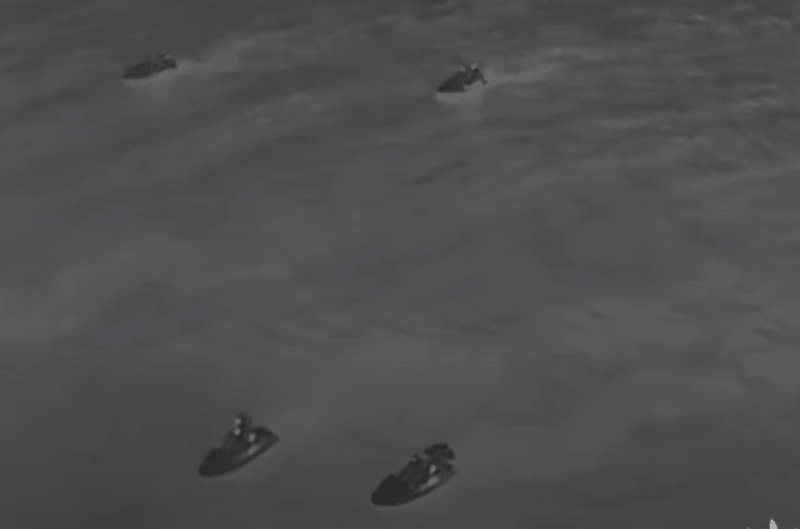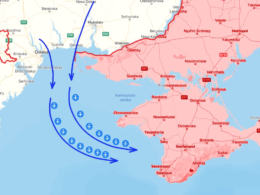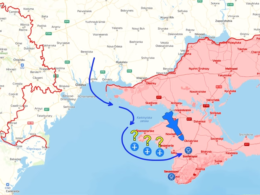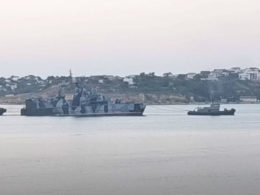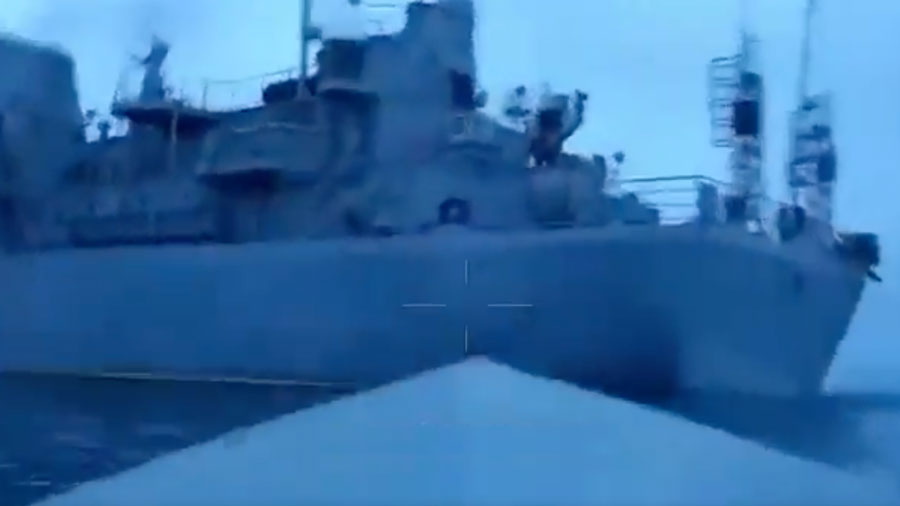Day 588: Oct 04
Today, the biggest news comes from the south.
Here, Ukrainian forces conducted an amphibious operation under the cover of missile and drone strikes on Crimea. Russian sources reported that closer to midnight, Ukrainian forces launched a marine attack on three jet skis and one boat in the direction of Cape Tarkhankut.
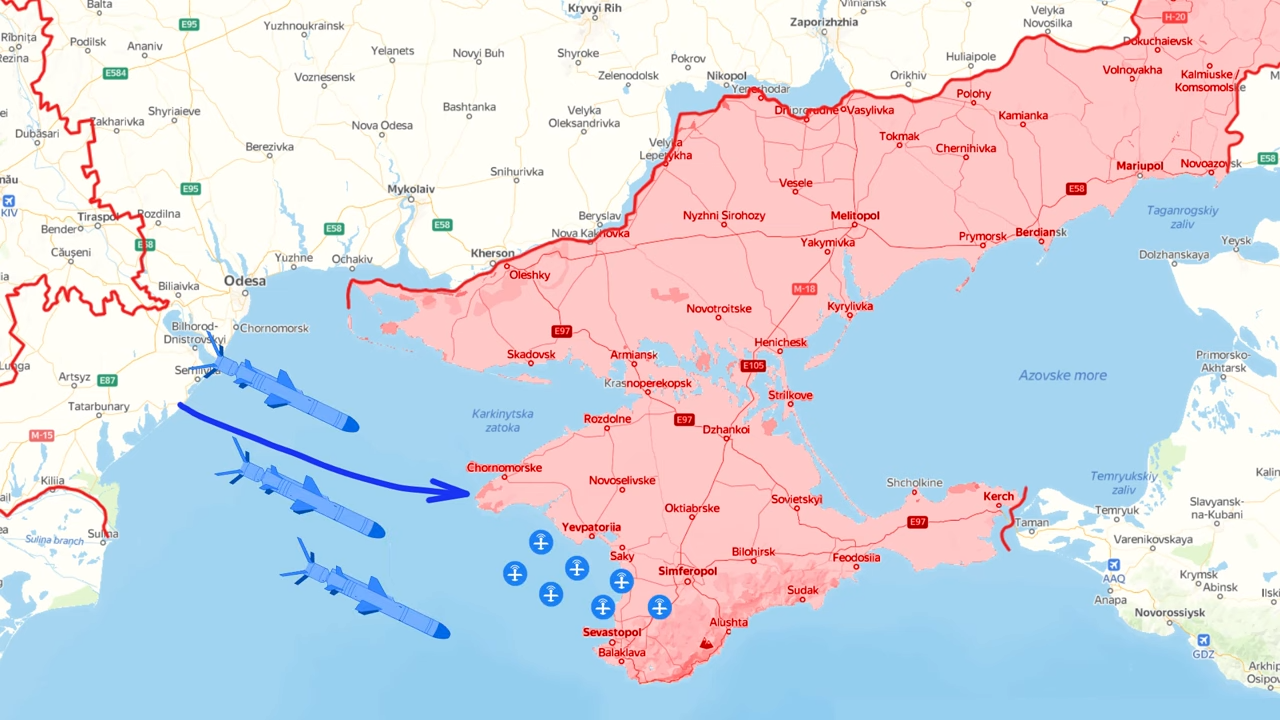
Russian sources reported that the Russian border guards detected four vessels, killed at least one soldier, forced Ukrainians to flee, and chased them down with a Su-30 fighter jet until they got to the oil rigs.

Later, Ukrainian fighters from the special detachments of Ukrainian Intelligence released a video showing that the landing operation was actually successful. The video also featured six jet skis, not three, as reported by the Russian sources.
The Spokesman for Ukrainian Intelligence, Andrii Yusov, stated that Ukrainians initiated a fierce fight with the Russian forces on the shore, inflicted losses, and timely withdrew. He also admitted that the Ukrainian assault unit also incurred losses, although not comparable to Russian. Later, Russian sources corrected themselves and claimed that Russians only captured one Ukrainian soldier who fell off the vessel.
So, based on the reports from both sides and the corroborating visual evidence, it seems like the Russians completely missed the attack, Ukrainians successfully landed near the Russian base and opened fire, and once Russians woke up and started putting up resistance, Ukrainians withdrew on at least six jetskis. By the time the Russian border guards got to the shore, they only noticed the three jetskis that departed the latest and found one Ukrainian soldier who fell off the vessel.
Simultaneously, Ukrainians conducted a missile and drone strike on the peninsula. Russian sources reported that Ukrainians struck Sevastopol with ballistic missiles Neptune and also struck Inzhenerne with drones.
The reason why the landing operation was accompanied by the strike is twofold: firstly, Ukrainians needed to divert the attention of the Russians to the sky, and secondly, prevent Russians from using their aviation, which is the deadliest weapon to the vessels.
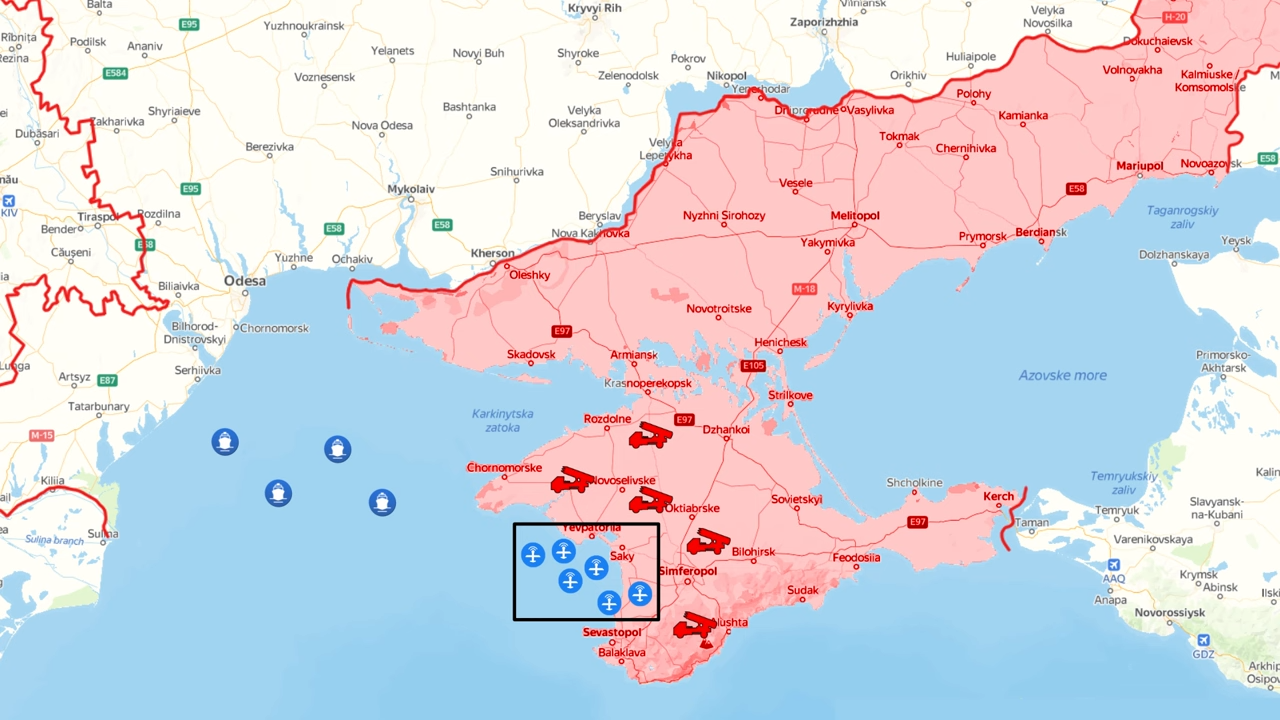
Even though the scale of this particular strike was small, the Russian air defense operators continuously anticipated more aerial objects, and after witnessing previous huge strikes, they were ready to shoot down anything that was detected. And the Russian air defense operators have become notorious for shooting down their own aviation, so, during the strikes, they abstain from using aviation – which is precisely what the Ukrainians needed.
When Russians figured out what was happening and sent their jets to chase down the jet skis, Ukrainians were already halfway to the oil rigs, where they found shelter.
And this is an extremely important point. As it turned out, over the last two months of continuous amphibious operations, Ukrainians managed to establish control over all oil rigs located near Crimea. In fact, the success of this operation is the only reason why Ukrainians were able to drive the Russian Fleet as well as aviation away from the Black Sea, get close to Crimea.
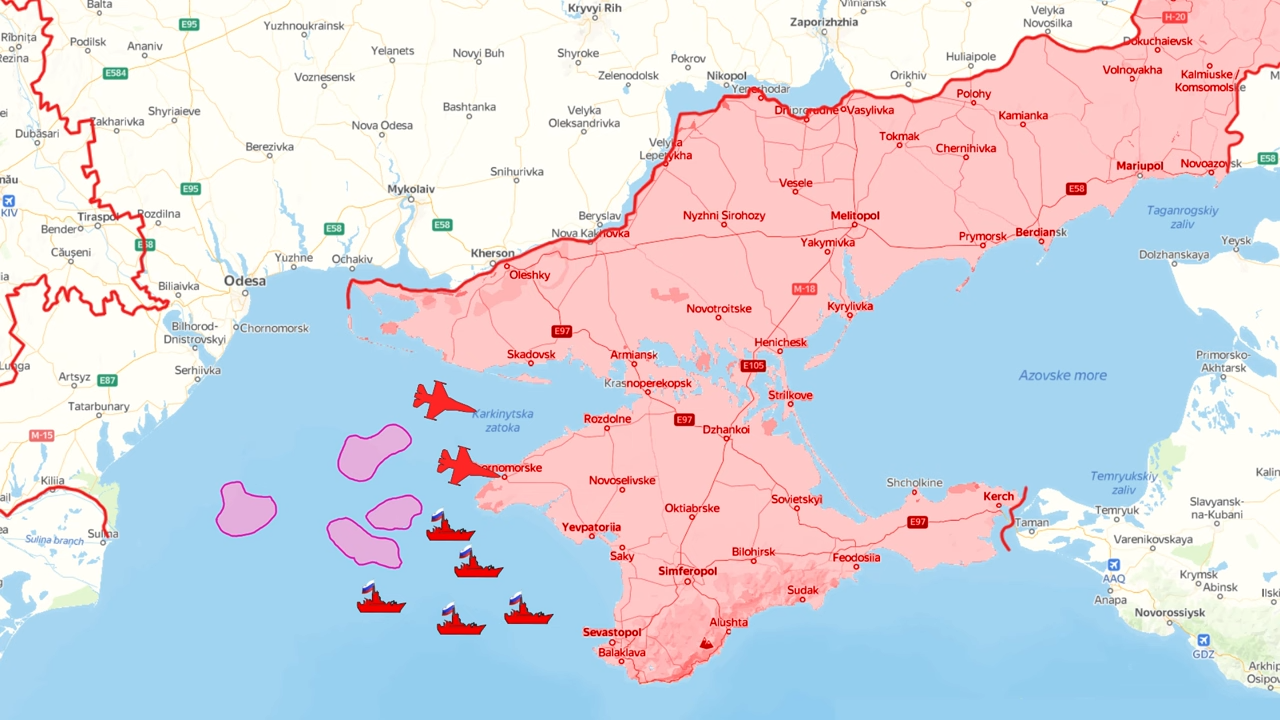
There are many oil rigs between Odesa and Crimea, some of which are just 55 km away from the Crimean shore.
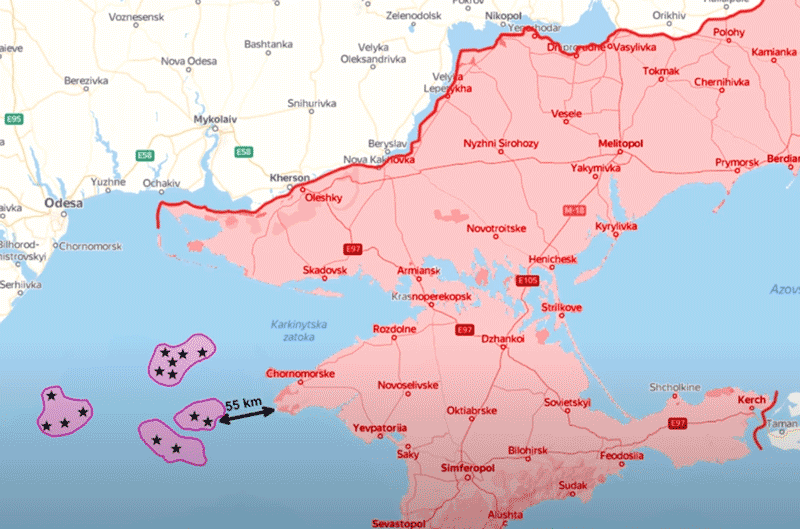
Trending Now
Recently, Ukrainian Intelligence released a film that shows exactly how Ukrainians established control over them. The first amphibious operation was pure reconnaissance. Ukrainians landed on the rig and discovered that Russians used it as a support base for helicopters because there was a lot of fuel and rockets for them.
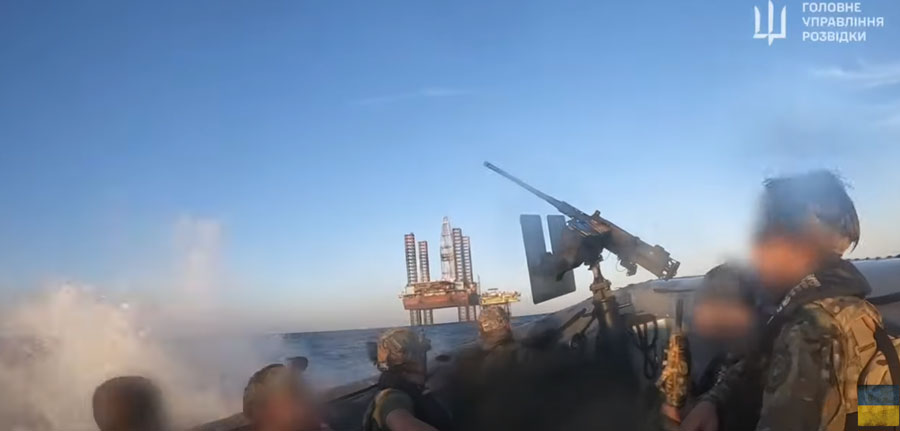
However, a more valuable object became the radars that the Russians put on top of the rig to control the sea. The operation did not go smoothly, as a Russian fighter jet that was moving towards Zmiinyi (Snake) Island accidentally detected the movement, and 4 minutes later, Russians conducted a strike. Several days later, the Ukrainians returned with more boats and stole all the goods, including the Russian rockets. When Ukrainians were conducting an operation on another rig, a Russian patrol jet detected Ukrainian boats right when they were about to land. The jet started hitting Ukrainians with cluster bombs, while Ukrainians opened fire from all available means. Soon, one fighter shot down the jet with a man-portable air defense system.

One by one, Ukrainians established control over all oil rigs and not only stole Russian ammunition, fuel, and radars but also equipped them with their own radars, air defense, and other equipment for amphibious operations. The results of the 2-month-long operation are hard to overestimate.
Russians lost the ability to get close to the Odesa region on the ships. Russians also lost crucial bases for their helicopters. Russian jets now have to avoid the rigs because of the risk of being shot down, at least with man-portable air defense. Ukrainians got very close to the shore and increased the efficiency of reconnaissance tenfold, which resulted in multiple devastating attacks on the Russian air defense systems in Tarkhankut, which in turn opened the sky for the ballistic and cruise missiles that later hit Sevastopol and airfields, and headquarters around it.
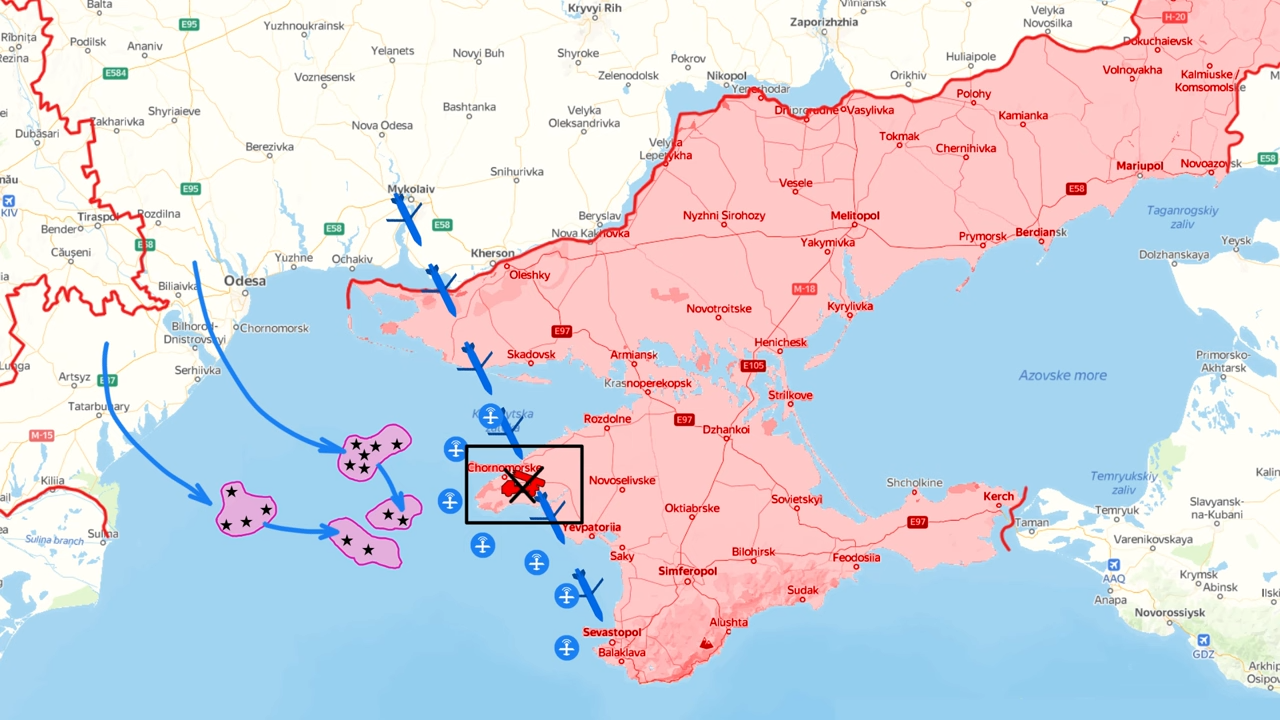
The bottom line is Ukrainians have eliminated the threat of the massive Russian attack from the sea on Odesa, which was one of the primary fears of Ukrainians at the beginning of the war. Ironically, Ukrainians were the ones who crossed the Black Sea and landed on the enemy shore first.
In our daily frontline report, we pair up with the military blogger Reporting from Ukraine to keep you informed about what is happening on the battlefield in the Russo-Ukrainian war.
Read also:
- Frontline report: Ukrainians repel Russian counterattack and retain control of trenches near Novoprokopivka
- Frontline report: Russia’s forefront crumbling as Ukrainian assault detachments capture more area east of Klishchiivka and Andriivka

